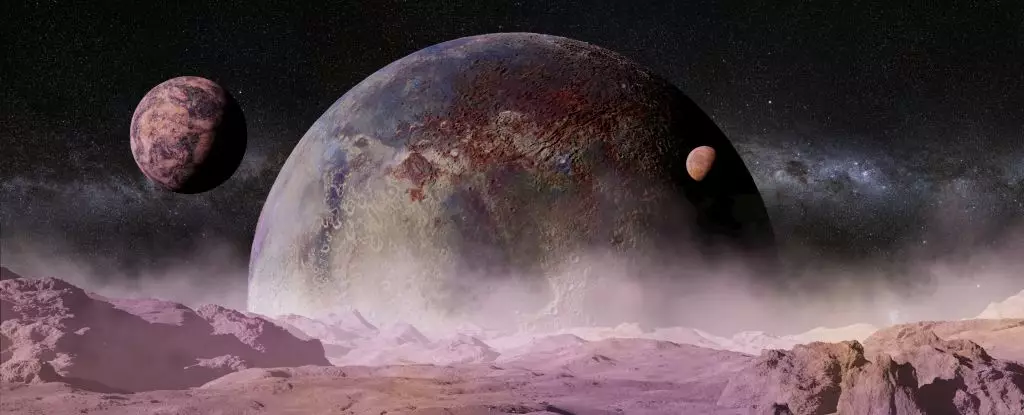In the vast, seemingly empty regions of our galaxy, a curious population of celestial objects drifts freely, unconstrained by the gravitational pull of any star. These rogue planets, often weighing between five to ten times the mass of Jupiter, challenge traditional notions of planetary formation and stability. Once considered mere cosmic oddities, recent insights have begun to reveal that these starless wanderers may possess the capacity to host their own miniature systems of moons and rings. This realization compels us to rethink what it means to have a planetary system and to consider a universe where isolated worlds could become surprisingly complex entities, independent of stellar companionship.
Revolutionary Observations with the James Webb Space Telescope
The launch of the James Webb Space Telescope (JWST) has revolutionized our ability to peer into the distant, dusty nurseries of space. Its unprecedented sensitivity has uncovered startling details about these free-floating objects, which previously remained elusive. JWST’s deep infrared vision has detected circumplanetary disks—bands of dust and gas encircling rogue planets—an indicator that these objects are not simply drifting inertly but may be actively assembling their own systems. These disks contain crystalline silicates and hydrocarbon grains, similar to those observed in the formative stages of star systems, suggesting that the processes of planetary and moon formation are not exclusive to stars.
The Intriguing Possibility of Miniature Planetary Systems
One of the most provocative revelations from recent studies is that objects with the mass of a giant planet could develop their own satellite systems—moons, rings, and potentially atmospheres—on a much smaller scale. This concept hints at a universe teeming with “micro-solar systems,” where even solitary, starless worlds carry the essential ingredients for complexity. These miniature systems could mirror the dynamics we see in our Solar System, just on a reduced size and mass scale, with moons orbiting their parent planet and rings cascading in a celestial ballet. It’s an exciting notion that broadens the scope of what constitutes a planetary system and opens up new avenues for understanding the diversity of cosmic architectures.
Formed in Isolation or Disrupted by Giants?
The origins of these free-floating planetary-mass objects remain a topic of debate. Did they form independently in the cold depths of space, much like stars, or were they expelled from their original star systems after gravitational tumult? The presence of disks hints strongly at a star-like formation process—these objects likely coagulated from collapsing nebular material, inheriting a spinning disk that could serve as the cradle for moons and rings. Alternatively, their existence could be a consequence of violent interactions in densely packed stellar nurseries, where gravitational forces fling planetary bodies into solitude. Either way, these rogue worlds demonstrate a resilience and potential for complexity that perhaps shouldn’t be confined to star-bound planets alone.
The Dawn of Miniature Moons and Rings
The implications of these discoveries are profound. If rogue planets can indeed harbor disks of material capable of forming moons, then the universe might be brimming with systems comparable to those around larger planets we see in our solar neighborhood. Such moons could have atmospheres, geological activity, and even conditions suitable for some form of life—albeit on a scale that challenges our current understanding. The notion of moons forming around starless worlds is radically transformative, as it suggests that planetary system formation is a process more universal and autonomous than previously believed. We are on the brink of a paradigm shift that could redefine what it means for a planet to be “alive” with potential, even in the absence of a star.
Rethinking Cosmic Complexity
This evolving narrative invites us to reconsider the diversity and resilience of planetary formation. The idea that objects drifting lonely in the galaxy can develop their own satellite systems goes against the long-standing assumption that a star is a prerequisite for planetary complexity. These rogue worlds could serve as natural laboratories for understanding the earliest stages of planetary system development, free from the chaotic influence of nearby stars. In essence, they remind us that the universe harbors unanticipated reservoirs of complexity, waiting to be uncovered—challenging our perceptions and expanding the boundaries of what cosmic systems can entail.

